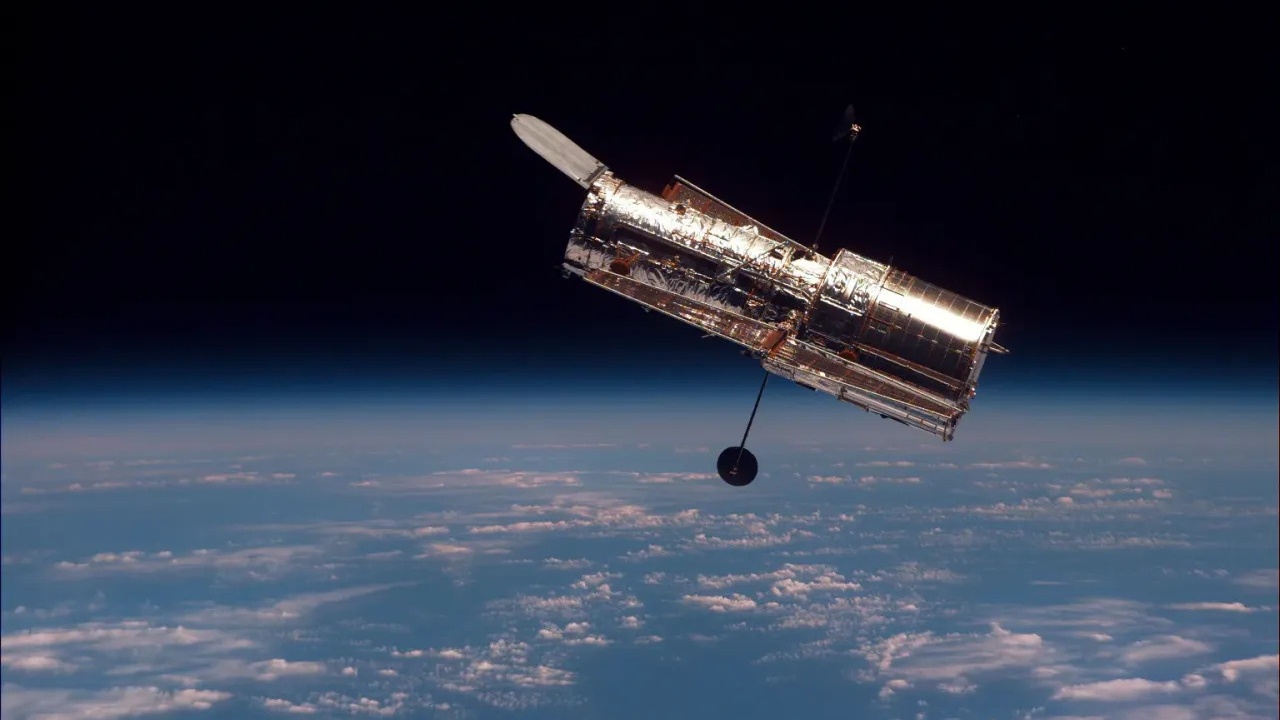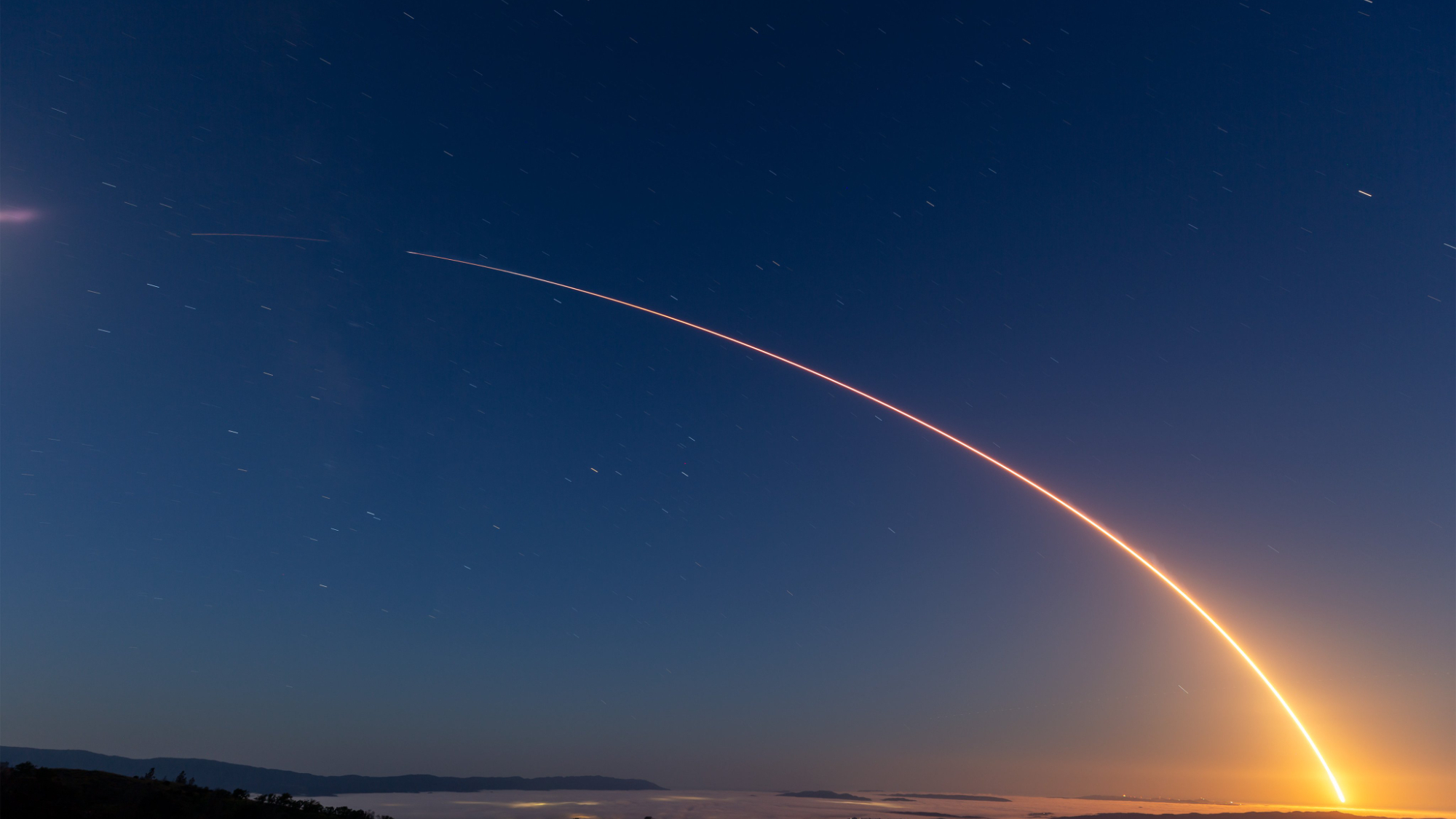As Big Oil producers start exploring again, the Gulf of Mexico is making a comeback with new projects from Chevron, Shell, and BP
New technologies and cost savings are unlocking Big Oil projects in the Gulf.

In the aftermath of the Deepwater Horizon disaster 15 years ago and the simultaneous shale oil boom, the oil and gas industry focused its attention on the onshore U.S. and today’s record-high oil and gas production.
But the Gulf of Mexico is quietly making a crude oil comeback thanks to new technologies and cost efficiencies utilizing existing deepwater platforms. The trend continued with Chevron bringing its big Ballymore project online April 21 that will ramp up to produce about 75,000 barrels of oil per day.
The other factor in the Gulf is increased regulatory and policy support under the Trump administration, which will ramp up the number of offshore lease sales and has renamed the body of water the Gulf of America within the U.S.
There are fewer players in the Gulf because of consolidation and costs, but Chevron, Shell, and BP are still growing and leading the way, along with smaller players such as Murphy Oil, Talos Energy, and LLOG Exploration.
“The thing that ties all of these projects together is our ability to deliver projects on time and on budget,” Chevron president Bruce Niemeyer told Fortune. “The Gulf has a natural advantage to be low-carbon-intensity oil that’s an affordable and reliable source of energy for the country.”
The Gulf is producing near record highs of 1.9 million barrels of oil per day, but that’s still only 14% of the nation’s world-leading high of 13.5 million barrels daily.
“They [Big Oil players] are looking around the world and exploring again,” said Jim Rogers, vice chairman of the Petrie Partners energy advisory firm. “And the Gulf’s ultra-deepwater counts as new exploration.”
While new steel tariffs and subdued oil prices certainly don’t help, new efficiencies are making offshore projects that were previously uneconomic more cost competitive with onshore again Rogers said, even if the numbers of deepwater producers will remain smaller.
Chevon’s Ballymore project
Niemeyer, who oversees Americas exploration and production for Chevron, said the key for Ballymore is it was completed in just three years, which is very fast for complicated, multibillion-dollar projects in deepwater depths of more than 6,000 feet.
The Ballymore project—owned 60% by Chevron and 40% by France’s TotalEnergies—consists of three large wells connected to the existing but newly modified Blind Faith platform in the deepwater Gulf.
The bigger milestone, Chevron’s Anchor project, came online last fall as the first Gulf project ever developed in a high-pressure, high-temperature environment with newly developed technologies and equipment that can withstand 20,000 PSI pressure.
“In the case of Anchor, it was the first in the world with new technology,” Niemeyer said. “Nobody to this point other than Chevron has a 20,000-PSI project that’s in operation.
“On the other side of the spectrum is Ballymore, in which the discovery happened to be close to existing infrastructure. It gave us the option of being able to tie it back to an existing facility.”
The Ballymore project makes Chevron the second operator in the emerging Jurassic-period Norphlet play in the Gulf after Shell, said Miles Sasser, senior research analyst for the Wood Mackenzie energy research firm.
“Ballymore is an example of how harnessing existing technology and repurposing aging infrastructure can be used to commercialize a discovery,” Sasser said. “Chevron upgraded the Blind Faith facility to allow for the processing of Jurassic-aged barrels in a facility originally designed for Pliocene and Miocene reservoirs.”
In January, Shell brought online its Whale development in the Gulf that is 40% owned by Chevron. Whale is another example of cost savings because Shell used a replicated design that mimicked Shell’s 2023 Vito project to save time and money.
Then, just last week, BP and Chevron jointly announced the Far South oil discovery in the Gulf.
Chevron’s pending, $53 billion acquisition of Hess, which could close in the third quarter, will only enhance its Gulf production by adding another 30,000 barrels of oil equivalent per day.
The uses of enhanced subsurface imaging and seismic technologies combined with the greater adoption of AI will only further unlock new Gulf projects, Niemeyer said.
“We’re in the process right now of using AI approaches to make our evaluation of that data even better than it’s been in the past. Every time there’s been a technology that has successfully been adopted in the Gulf, we’ve seen an uptick and the successes that have followed.”
This story was originally featured on Fortune.com
















_Wavebreakmedia_Ltd_FUS1507-1_Alamy.jpg?width=1280&auto=webp&quality=80&disable=upscale#)

















































